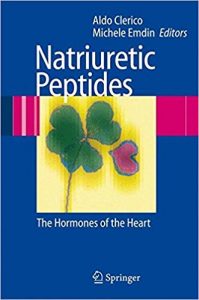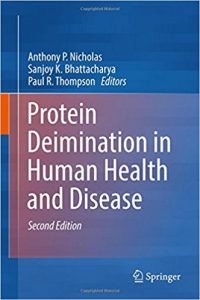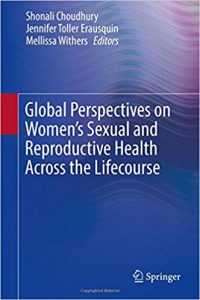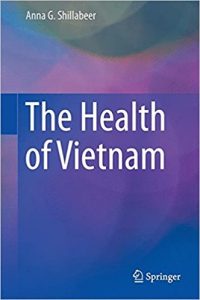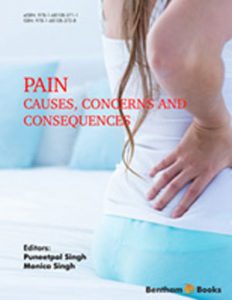Handbook of Positive Psychology in Intellectual and Developmental Disabilities: Translating Research into Practice (Springer Series on Child and Family Studies) 1st ed. 2017 Edition
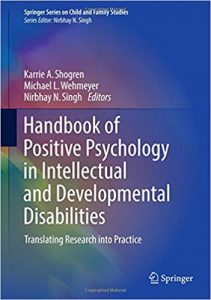
[amazon template=iframe image2&asin=3319590650]
This handbook examines the wide-ranging applications of positive psychology in the field of intellectual and developmental disabilities. It discusses the change in perceptions of disability and the shifting use of traditional deficit-based treatments. It presents evidence-based approaches and strategies that promote individuals’ strengths and capacities and as well as provide supports and services to enhance quality of life. Chapters address medical and psychological aspects in intellectual and developmental disabilities, such as mindfulness, motivation, physical well-being, and self-regulation. The book also discusses uses of assessment practices in evaluating interventions and client outcomes. In addition, it explores ways practitioners, with positive psychology, can focus on what a person is capable of achieving, thereby leading to more effective approaches to care and treatment.
Topics featured in the Handbook include:
- Translating the quality of life concept into practice.
- The Casual Agency Theory and its implications for understanding self-determination.
- The Mindfulness-Based Individualized Support Plan (MBISP) and its use in providing support to people with intellectual and developmental disabilities.
- The unique role that friendship plays to people’s lives and social well-being.
- Supported Decision-Making (SDM) as an alternative to guardianship.
- A positive psychology approach to aging and retirement.
The Handbook of Positive Psychology in Intellectual and Developmental Disabilities is a must-have resource for researchers, professors, and graduate students as well as clinicians and related professionals in clinical child and school psychology, behavioral therapy, social work, applied behavioral analysis, recreational therapy, occupational therapy, education, speech and language pathology, psychiatry, clinical medicine, and nursing.

